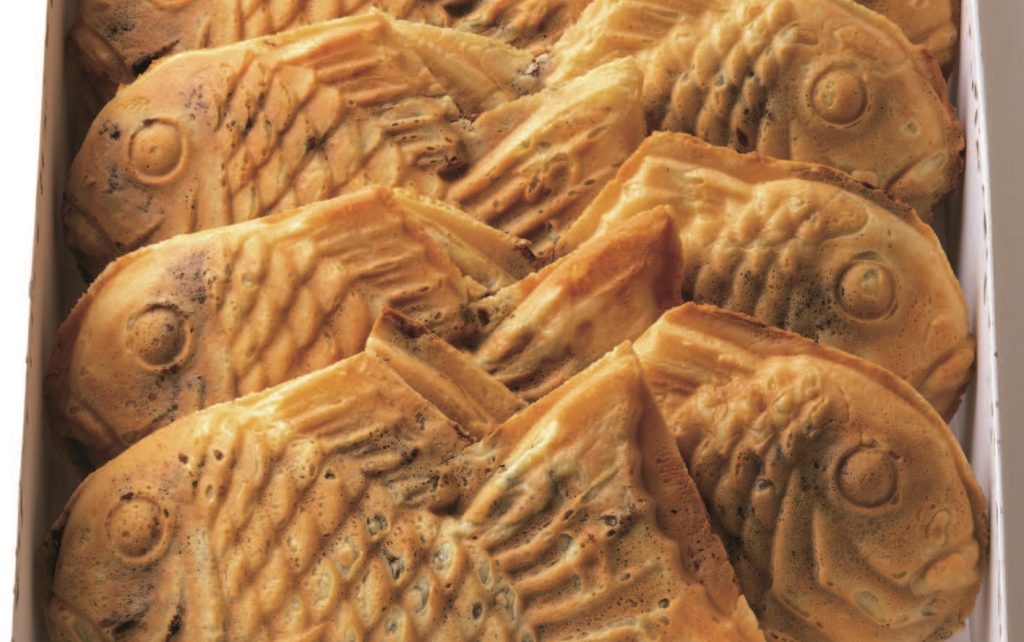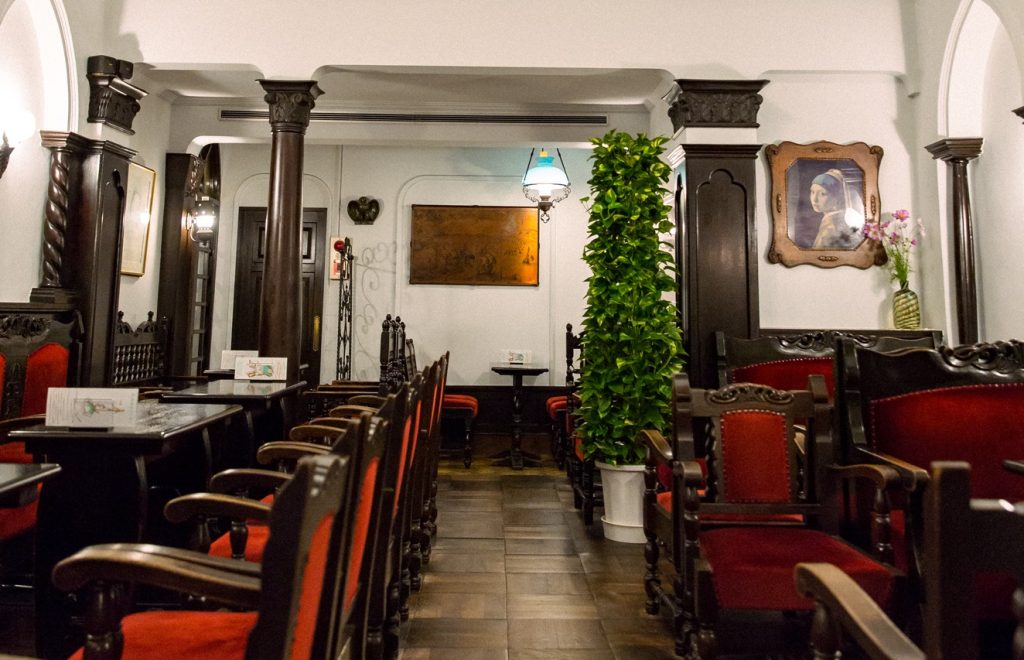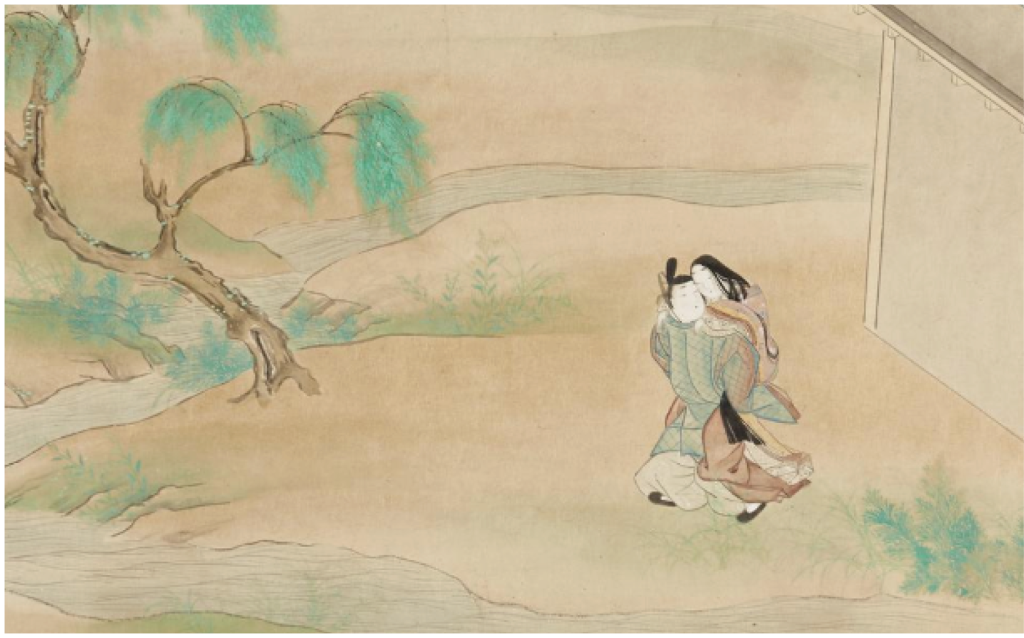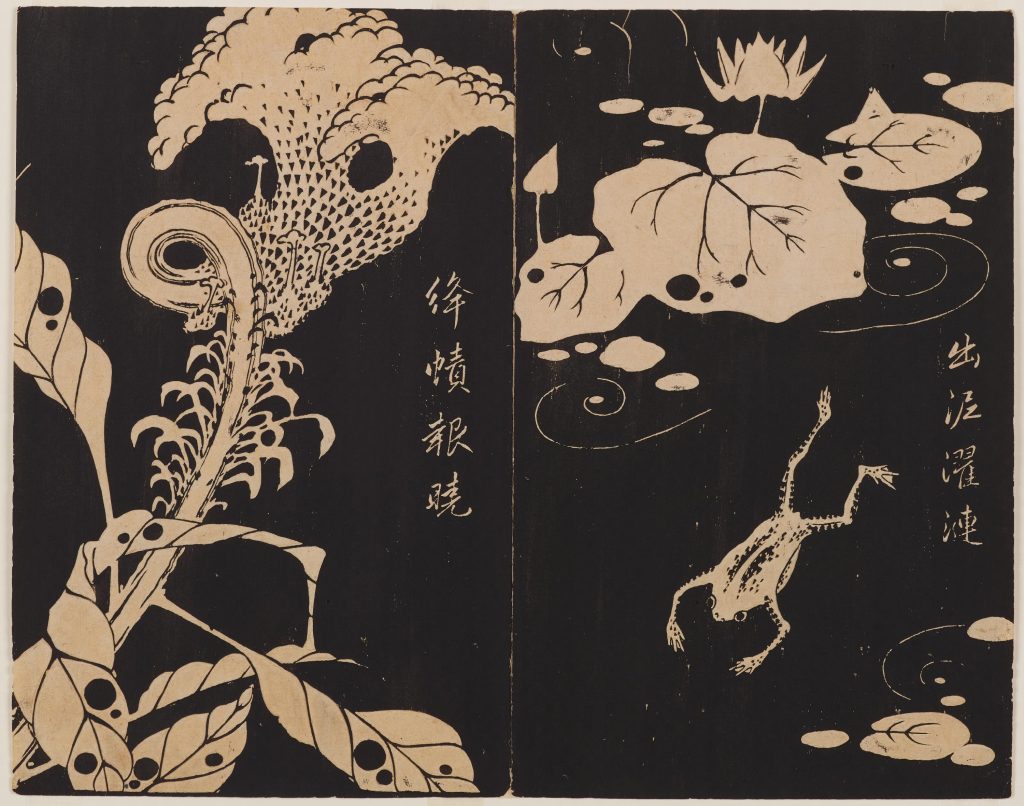In 2021, a new sake brewery opened in Shiraiwa(白岩), Tateyama(立山), Toyama(富山). The name of the sake is ‘IWA (岩)’. The brewery was established here, where the melted pure water flows directly from the snow caps of Tateyama mountain, by Richard Jeoffroy, the 5th Chief Brewer of Dom Pérignon and leader of the legendary Maison for 28 years.
We spoke to Richard, who loves Japan and is pursuing sake brewing in Toyama, about his new challenge with sake.
Richard Jeoffroy, founder and brewer, IWA.
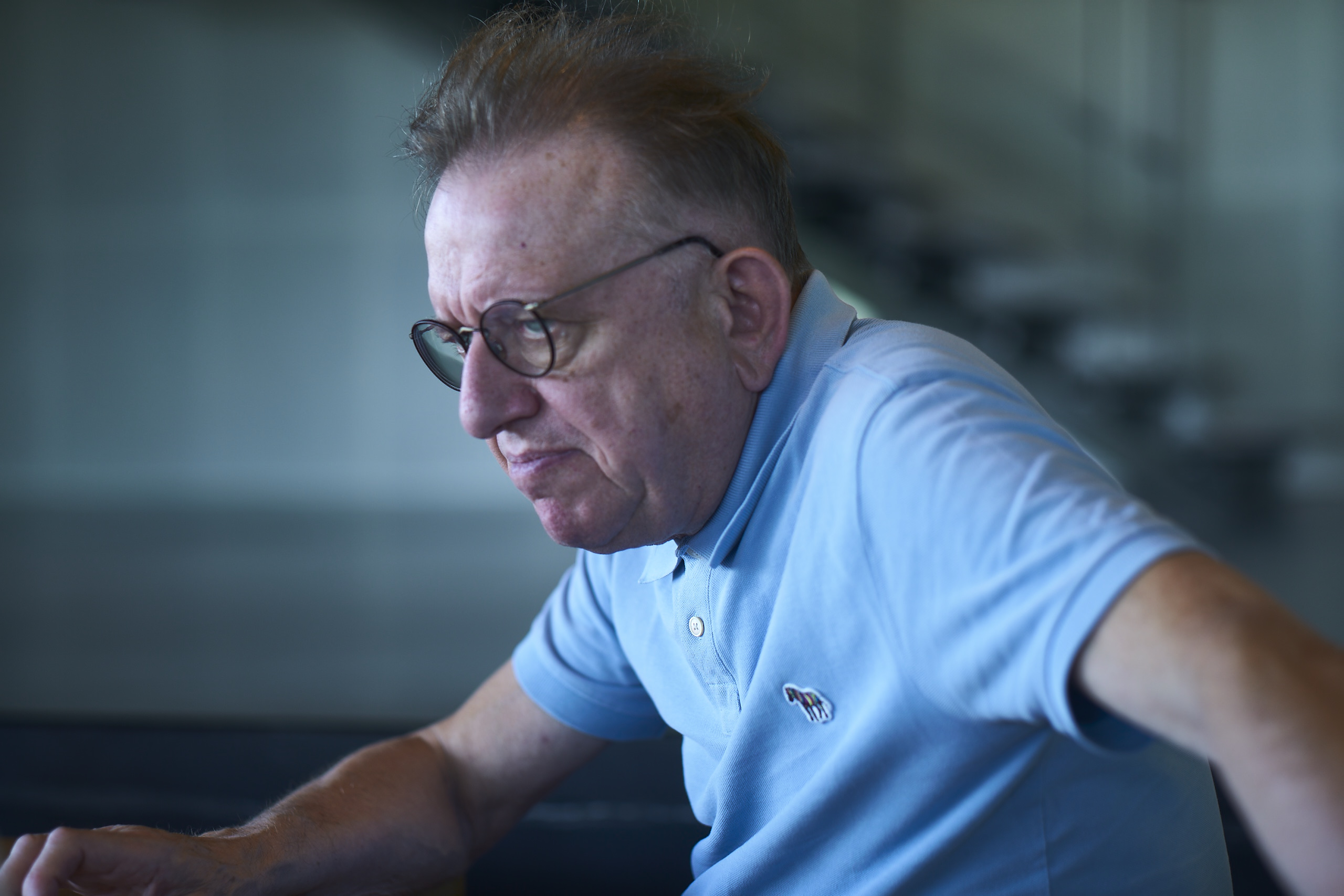
The ‘making’ of sake that has lasted for a millennia
Richard moved from Champagne to the world of sake. The main difference between the two, he says, is in the ‘making’ of the two. “Whereas with wine, it is the grapes themselves that determine the quality, with sake it is the way the sake is made, the process, that is important”, he says.
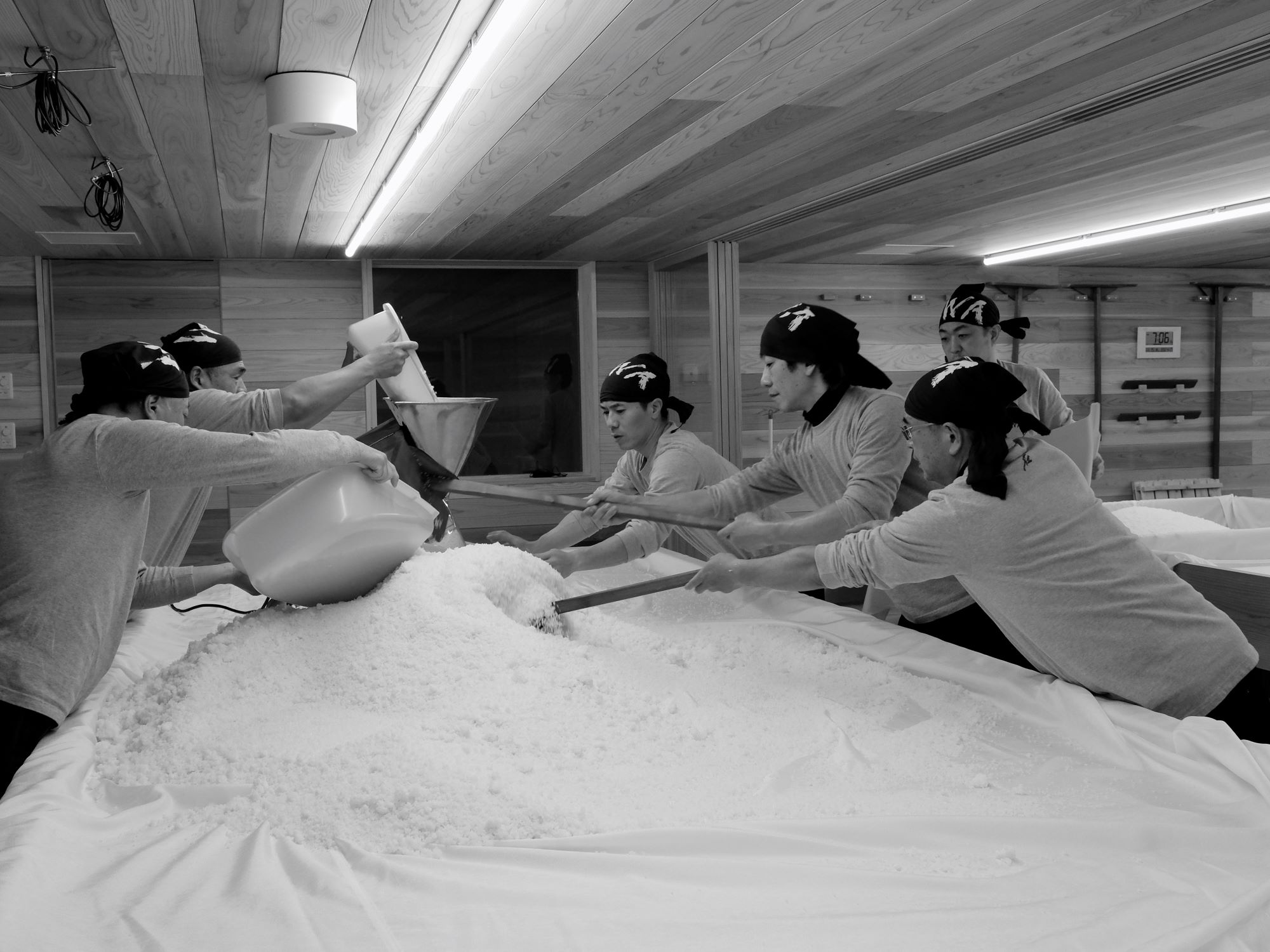
Sake has a thousand-year history dating back to the Heian period and has been handed down through the refined skills of the toji (杜氏 : master brewer) and kurabito (蔵人 : brewer). The process of making sake involves many steps, including grinding the rice, steaming it, adding koji and fermenting it. IWA which was born out of respect for this history and ‘making’ of sake, as well as the quality of the rice and the beauty of the water, is also founded on Richards ambitions to push the limits of sake.
Reaching new heights in the world of Sake
“What is important in the taste of sake is balance”. Richard has incorporated the ‘assemblage’ technique used in wine, which combines the original wines, into sake.
“By adopting the traditional wine-making technique of assemblage, we are rethinking the balance between the flavour and aroma of sake,” he says. We want to give sake richness, strength and a lingering aftertaste, while also valuing sake’s drinkability”. Those that drink IWA for the first time, a brand which is founded on such innovation, are said to experience a ‘familiar but new sensation’.
Viscosity is also important to give sake a richness, he says, and here, too, he seeks a thicker texture by ‘ageing in the bottle’, which is common in wine.

Bringing a “SAKE” to the world that matches all global cuisines
While respecting tradition, Mr Richard is taking on various challenges with assemblage and bottle ageing: “From now on, I will be making “SAKE” that has never existed before, so I want the people who will be drinking it, to be just as adventurous.”
The more processes involved in making sake, the more challenges sake brewers can take on. In the same way, I want the drinker to have a sense of fun. For example, Richard had this experience at an izakaya(居酒屋) in Toyama.
‘We had mangoes for dessert and I paired them with IWA’s hot sake. The viscosity of the mango and the IWA’s hot sake went really well together”. Even people who are used to drinking sake find it hard to come up with this combination. Just like the makers, the world of sake will expand if drinkers enjoy it in a more free and daring way.
“SAKE can be like champagne or beer”. Richard’s ambitions continue. ‘Wine can mount food. But Sake is on an equal footing with food, complementing each other. Sake and food are both great, that’s what sake is all about. By striking the right balance between the various aspects, sake can be matched with the cuisine of any country”.
For Japanese rice wine to be enjoyed as “SAKE”, in the same way wine is by people around the world… With such grand ambitions in mind, Richard’s dreams continues to brew from his sake brewery in Toyama.

IWA
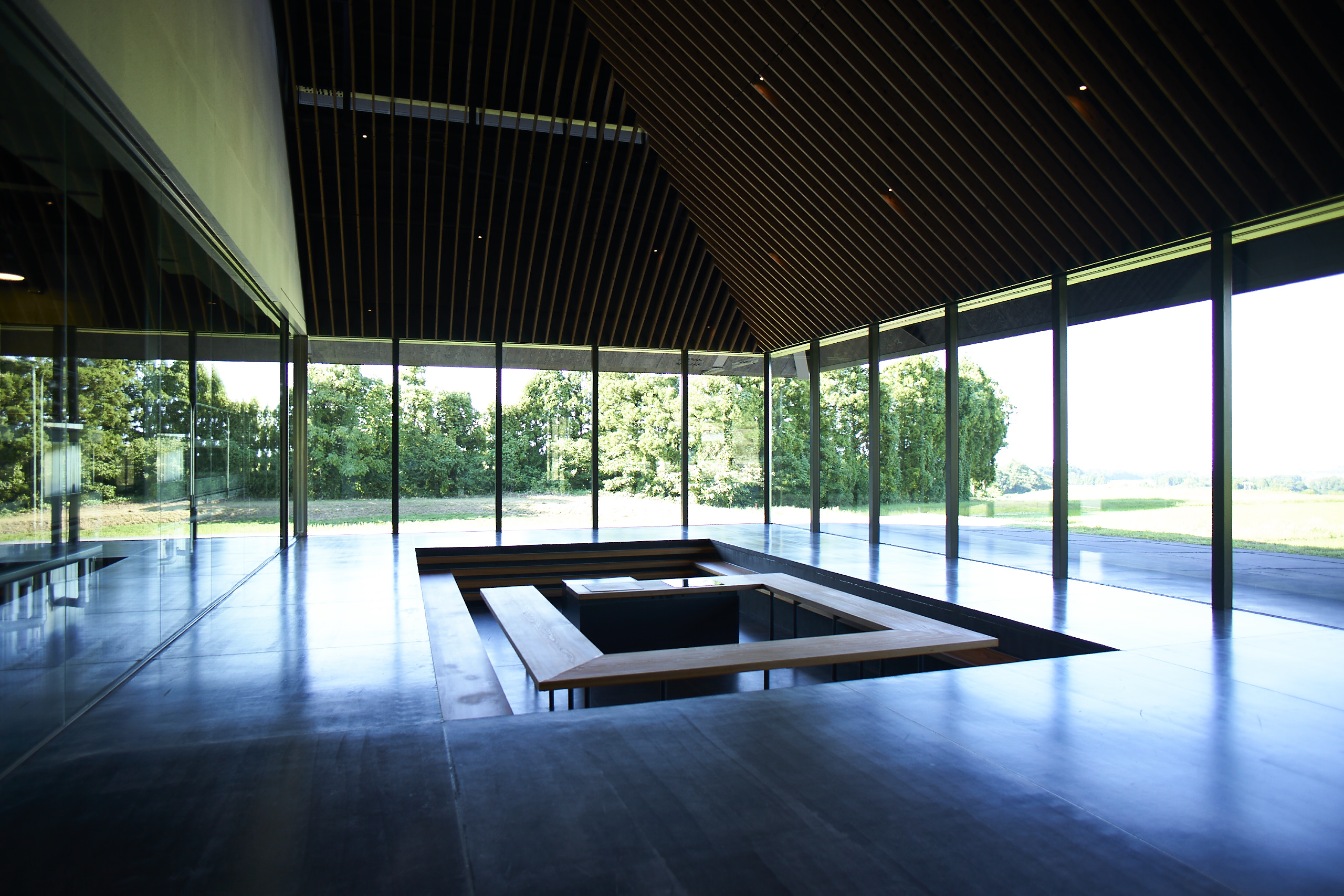
Official website:iwa-sake.jp/
Online shop:iwa-sake.shop/
Interview: Suzuki Fukashi Text: Ito Chiaki Photography: Shinohara Hiroaki Video editing: RIVERSCAPE
This article is translated from https://intojapanwaraku.com/craftsmanship/227695/









